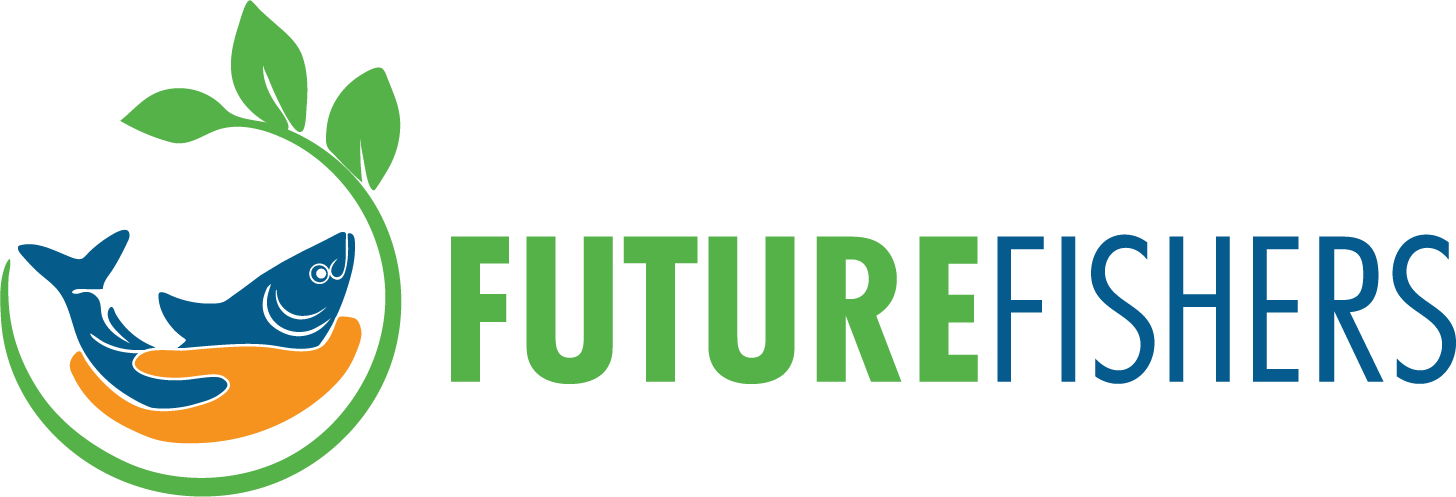Over time, the cost of fishing is rising while the return from the activity falls. Therefore, to make the same amount of money as in previous years, fishers must spend more and go out farther to sea to catch fish; this contributes to the erosion of profits. Nevertheless, fishing continues to be a worthwhile endeavour for both financial and non-financial reasons. The interviewed fishers affirmed that they are well able to take care of their families and in some cases, earn more than family members who are in government or private jobs.
They also reported a high level of job satisfaction and a general sense of fulfilment in life compared to peers from secondary school who are in other professions. It appears that job satisfaction may be high in spite of the difficulties faced by the fishers with regard to the rising cost of operations.
According to respondents, the rising cost of operations is attributable to several factors. For ease of understanding, they have been grouped by the researchers into broad economic development, climate events and social impacts.
Broad economic developments
Broad economic developments refer to the price of inputs such as fuel, equipment such as GPS and fish finders, cold storage and logistics, and the cost of maintenance and repairs. The cost of the boat itself was also referenced, and it was clearly stated that the majority of fishers, and few can afford to own a boat. The fact that only some fishers own their boats means that when they access credit, they do so at non-specialist institutions such as commercial banks and Island Finance. These are more costly than a specialist lending institution like the Agricultural Development Bank (ADB) or National Entrepreneurship Development Company Limited (NEDCO). Therefore, credit as an input itself is costly for the fishers.
Cold storage is an area of special concern to the fishers. There is little or no cold storage available for a highly perishable commodity. Therefore, once landed, the fishers are eager to get the catch off of their hands. The fish are sold to vendors who know that they are in an advantageous position given that the fishers cannot sustain high prices for long periods of time, for fear of the catch spoiling. Vendors are therefore in an exploitative position, and are able to bargain for very low prices. For the purpose of this study, vendors are defined as those people who purchase fish directly from the fishers to resell in other locations or markets.
The vendors are dominant in coastal regions and possess peculiar market power. They are the connection between the fishers and their actual market, and between the rural community and the urban one. They also direct much of the cold chain. In some cases, the vendors actually supply the ice and thereby assume control of a significant part of the transport and logistics chain. According to the interviewees, the prices at which fish are sold at urban markets tend to far exceed the price that fishers sell at in their communities. Nonetheless, while some vendors may engage in predatory behaviour that harms the fishers, some also form amicable, sole purchaser arrangements that work for the fishers. The study found that the vendors are often not from the fishing community (they come from as far as Sangre Grande, Waterloo, Chaguanas and Guayaguayare, among others). This means that the revenue they earn represents a significant leakage from the rural communities. There is no evidence of substantial commercial value-adding activity from the fishers or in their communities that allows the fishers to absorb a greater part of the revenue along the value chain. There was also little evidence of significant price negotiation between the fishers and the vendors.
Generally, items of equipment are not expensive for the fishers; however, since these items are not always or easily available, the effort needed to find and select them (i.e. the associated transaction costs) can be high costs to fishers. These items of equipment include bait and gear (lights, water bottles, water, flares, life vests etc.). Among the more costly items are GPS and fish finders. Artisanal fishers noted that larger boats are desirable for improving the efficiency of fishing expeditions. For the purposes of this document, a boat or pirogue may be considered another element of fishing equipment. The most expensive input in the fishing activity is fuel. One fisher can spend up to TT$100,000 per year in gas. Gas stations are not common in the coastal regions sampled, and the result of this is that gas has to be brought into some area, such as Cumana, and this represents an additional cost to fishers who pay for the transport of gas. Furthermore, the progressive removal of the fuel subsidy has negatively affected fishers and has become a contentious issue that has worsened relationships between fishers and the state. With the general reduction of the fuel subsidy in Trinidad and Tobago over time, fishing expeditions have become increasingly more costly. Combined with this is the fact that fish migration, fish kills, prohibited fishing areas, algal blooms and a declining fish stock have rendered the usual fishing areas less viable, thus fishers must go out farther to sea to catch fish. Since fuel is more expensive, fishers have to counterbalance the need to venture farther out with the natural inclination towards shorter fishing expeditions on more expensive fuel. When fishers face difficult sea conditions, more fuel may be used up and leave a fisher stranded at sea. According to the fishers, no one has taken them into account when removing the subsidy as the only people using regular gas are fishers and two-stroke engine operators. The fishers illustrated that not catching a substantial amount of fish in ten days can easily amount to $6,000 in fuel for one pirogue. It should be noted that the government does offer special subsidies to fishers: these apply to fuel. However, there was a general lack of awareness of the subsidies in effect, and with specific regard to the fuel subsidy, the fishers in the pilot sample did not believe it served to effectively reducing their operating costs.
Climate and environmental events
Climate and environmental events are occurrences related to the weather, climate and biodiversity that are part of a long-term trend and have impacts that are non-specific over a region or territory. Even when anthropogenic in nature, it is usually difficult to claim liability against a specific individual or agency for loss. In the case of the fishing industry for the areas of this pilot study, climate and environmental events include storms, floods, droughts, erratic weather, algal blooms, and changing ocean currents and temperatures. We also considered the impact these events have upon fish spawning grounds, mudflats and mangroves, fish health and fish migration, and, on the human impact side, how these affect the cost of harvesting seafood by fishers.
The science-based researchers highlighted that coral reefs, seagrass beds and other spawning grounds for harvested species are deteriorating or actively being destroyed. Consequently, fish spawning beds and feeding grounds are receding and the average size and quality of the catch is falling. Today, with a 300-pound net covering 1 to 2 miles, a fisher would fetch less fish than with a 25-pound net in previous times. Fishers could not specify the period over which the reduction occurred, but they focused, rather, on how drastic the reduction was. This means that additional effort must be made to catch even reduced quantities of fish. Additionally, regarding the size of fish, over the last 35-40 years, the average size of a caught red snapper has fallen by 10 to 15 cm. This is considered a significant reduction.
Inclement weather, rough seas and storms also impact negatively upon fishing, especially given that there are no good docking harbours in the area. Rough seas and bad weather can be unpredictable, and may lead to the destruction of boats and less time to go out to catch fish. Coastal erosion, which may occur with harsh weather conditions, impacts upon the landing sites, sometimes turning them into rocky places where boats cannot easily dock without danger of significant damage.
Pollution is considered a major factor that can impact the cost of operations by reducing the demand for fish and harming fish health. However, this was not cited as a significant factor by the fishers, despite the fact that they expressed concern about pollution. They did not link it directly to rising costs of fishing. In fact, those interviewed made a point of remarking that nowadays oil spills in their area were well contained and managed; simultaneously, they recognised that oil spills on the other coast could reduce the demand for fish. No direct price impacts were noted in the interviews as this relates to pollution. Non-fisher participants recognised that the fear of purchasing contaminated fish can affect fisher livelihoods.
Interestingly, oil rigs can become oases for fish regrowth and regeneration since they are circumscribed by a 500m no-fishing zone. These become nutrient-rich zones where fish can thrive. However, as they are no-fishing zones, the fishers do not have official access to these and complain that there are sizeable catches in a location that cannot be accessed. It is perceived as a costly inconvenience to the fishers while recognised as a blessing by some non-fisher interviewees.
Social events – crime and delinquency
For the purpose of the present research, social events are restricted to land-based crime, mainly related to the stealing of engines and piracy and their impact upon the cost of fishing operations. The fishers highlighted specific types of crime in their interviews. These include land-based crime and marine crime, engine theft, local and Venezuelan piracy, crime among the youth, theft of gasoline, drug trafficking and narcotics and weapons smuggling. They proposed increasing the level of security to be the main solution but appeared to see this as the responsibility of the government and its agencies. They do, however, impact upon investments in safety, particularly in the open sea, such as in equipment like radios, lights and more powerful engines, all of which were mentioned by the fishers interviewed. There was no evidence that investments in security were referenced in the interviews as being formidable costs to the fishers




